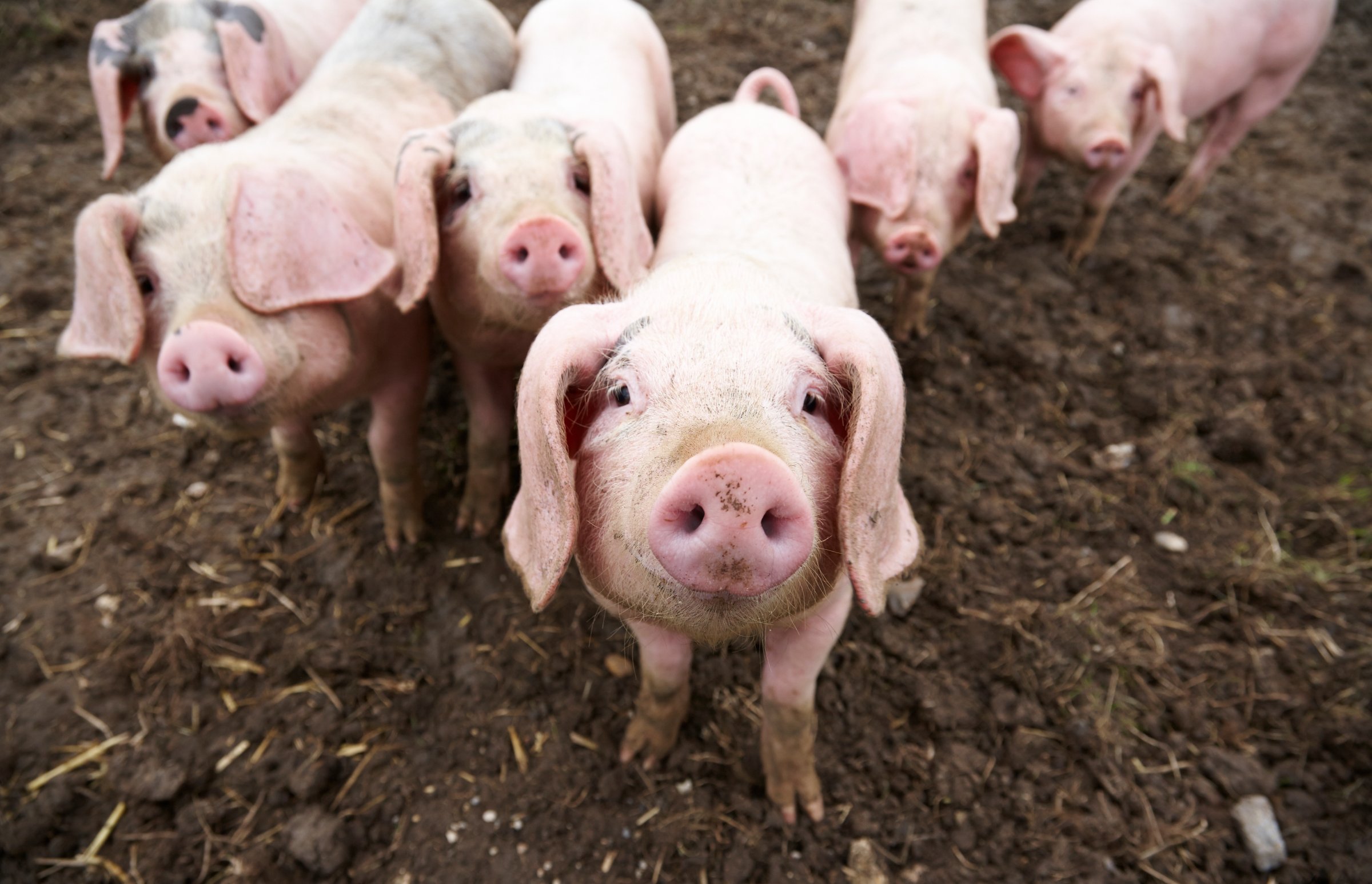
In the United States, close to 80% of all antibiotics used are given to animals, usually for growth promotion. At the same time, the U.S. and the rest of the world are facing a growing crisis of antibiotic resistance, where the drugs used to treat common infections are no longer working as well as they once did.
Some estimates suggest that without intervention, the use of antibiotics in animals could increase 53% around the world by 2030. Now, a new report published in the journal Science offers three recommendations for how to substantially cut back on the use of antibiotics in food production.
“We are in pretty bad shape,” says study senior author Ramanan Laxminarayan, the director of the Center for Disease Dynamics, Economics & Policy. “The saving grace is there are still many antibiotics that work, but that is declining.” This means that policy leaders and food companies need to act quickly, he says.
MORE: It’s Been One Year Since the World Took On Superbugs. Here’s What’s Changed
In the report, Laxminarayan and authors from several other global health, food and policy groups argue that three interventions could help. One is introducing regulations that set caps on the use of antibiotics in farm animals. This, they estimate, could lead to a 64% drop in animal consumption of antibiotics.
Individuals can also have a major impact. The authors recommend limiting meat intake to 40 grams per day—about the size of one fast-food burger per person per day—which would reduce consumption in animals by 66%. In the United States, meat consumption averages about 260 grams per day, the researchers note.
“The first step is recognition,” says Laxminarayan. “It’s not about turning people vegetarian, but you don’t need to eat meat three times a day 365 days a year. It’s not sustainable or good for you.” China recently revised its nutritional guidelines from recommending 70 grams of meat per day to recommending 40 grams.
The researchers also advocate for a 50% user fee on the price of veterinary antibiotics—a cost that manufacturers would take on. They estimate this could reduce consumption by 31% and increase revenue by up to $4.6 billion a year.
With these interventions, the study authors argue that antibiotic use in animals could be substantially lowered. How realistic they are may differ from country to country, but Laxminarayan says it’s clear that some action is needed now. One year ago, countries at the United Nations General Assembly (UNGA) unanimously agreed to tackle antimicrobial resistance, but turning pledges into action has proven difficult.
“One year after the [UNGA] declaration, there’s been essentially no progress is in the animal sector,” says Laxminarayan. “We can’t keep waiting.”
More Must-Reads from TIME
- Cybersecurity Experts Are Sounding the Alarm on DOGE
- Meet the 2025 Women of the Year
- The Harsh Truth About Disability Inclusion
- Why Do More Young Adults Have Cancer?
- Colman Domingo Leads With Radical Love
- How to Get Better at Doing Things Alone
- Michelle Zauner Stares Down the Darkness
Contact us at letters@time.com